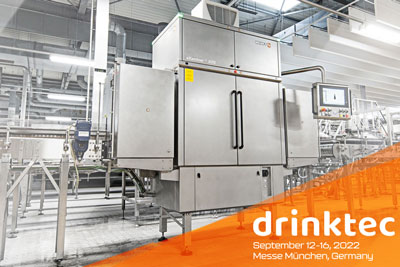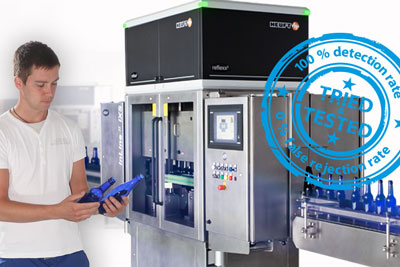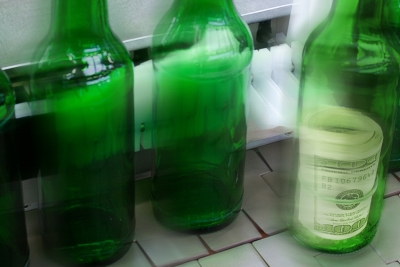Target Zero: Down with the false rejection rate!
Less is more when it comes to incorrectly rejected good products. With modern HEUFT equipment their share is getting closer and closer to zero.
"Target Zero!" This is our mission when it comes to the false rejection rate. The proportion of actually perfect products which are mistaken for faulty during the quality inspection in the filling and packaging process and are removed from the production flow should tend as far as possible towards zero.
With full productivity, this not only saves the operator's budget. As a sustainable protection against packaging and food waste, such a false rejection rate of zero per cent is also better for the environment and the climate: valuable resources are not wasted senselessly, the products end up without exception in the shops and, last but not least, at the end consumer's table and not in the waste bin.
Continuous increase in detection and rejection reliability

The zero percent is not only a theoretical target: more than five years ago the HEUFT InLine II IXS already proved under realistic practical conditions that an empty bottle inspection can be carried out completely without false rejections whilst maintaining maximum detection reliability so that only really defective packaging is disposed of even before the valuable beverage or food product enters. And as early as 1991, we had specified a false rejection rate of only one per cent for this application. In 2002, it was halved to 0.5 per cent and in 2014 again to 0.25 per cent, before independent experts measured an even zero in 2016.
It is easy to calculate what this means: If, for example, 40,000 products per hour are produced and inspected in an eight-hour two-shift operation on 220 production days per year, at worst 1,408,000 of them end up unused in the rubbish every year with a one per cent false rejection rate. At 0.5 per cent it is 704,000 and at 0.25 still 352,000.
False rejection rates at lowest level
In this case, a reduction of "only" 0.75 per cent means far more than 1,000,000 fewer wasted packages and foods per year. The fewer false rejections there are, the more can be produced, sold and ultimately consumed without hesitation in the same amount of time. Accordingly, productivity and output rise highest the closer the share of wrongly rejected good products gets to zero. And because the production of beverages, food and their packaging is also responsible for CO2 emissions that should not be underestimated, each thousandth less is also a valuable contribution to climate protection.
Accordingly, a false rejection rate at the lowest possible level is also important for the trickier full product inspection. Thanks to the further development of pulsed X-rays and artificial intelligence in the image processing for the reliable differentiation between real and supposed faults the sensationally low false rejection rate of one percent which was already achieved a good 15 years ago with the glass-in-glass detection in full containers has been reduced again by a factor of five with the new HEUFT eXaminer II XOS. To 0.2 percent. This was recently the result of a comparative test under practical conditions in a large filling line. It is not unusual that this low value can even be undercut. Just let us test what exactly is in there with your individual products and packaging materials!
Reaching the target zero is also getting closer and closer for the inline inspection of primary packaging which has already been filled: the danger that products which are actually perfect together with their packaging end up unused in the waste is decreasing more and more thanks to HEUFT technologies which are continually being developed further.




